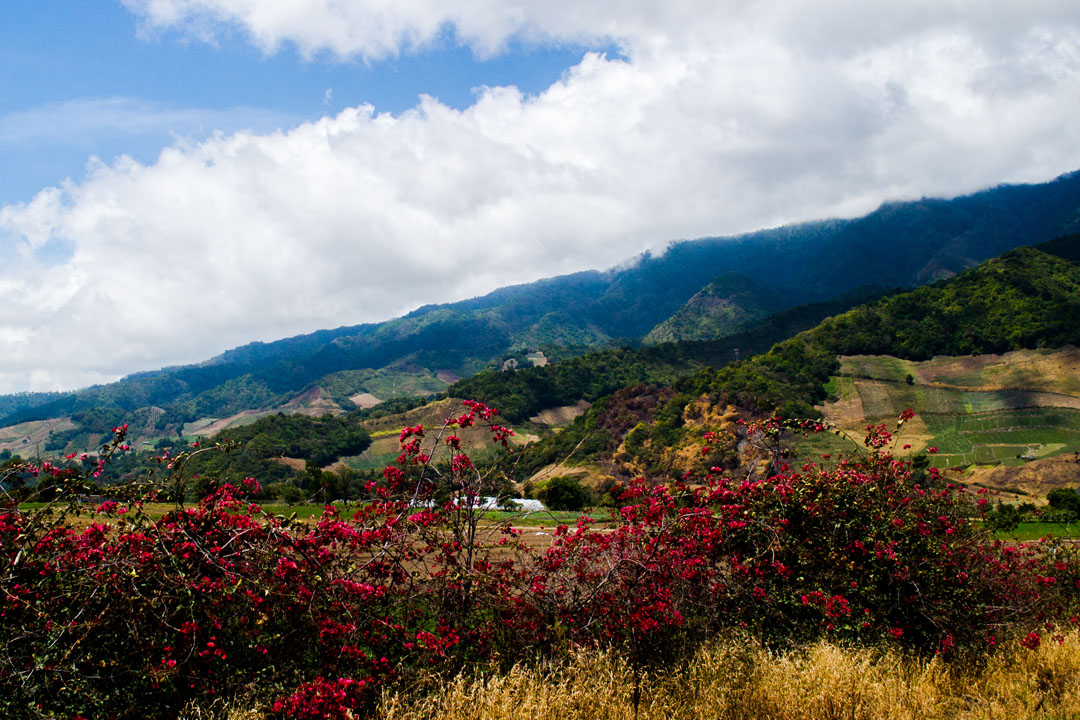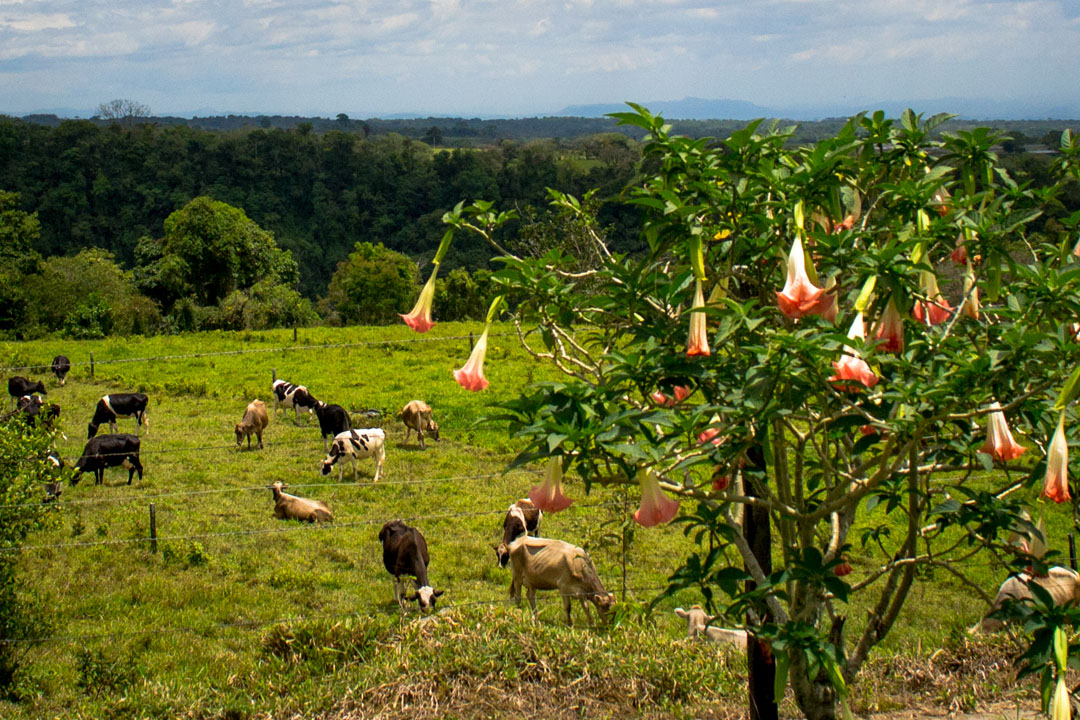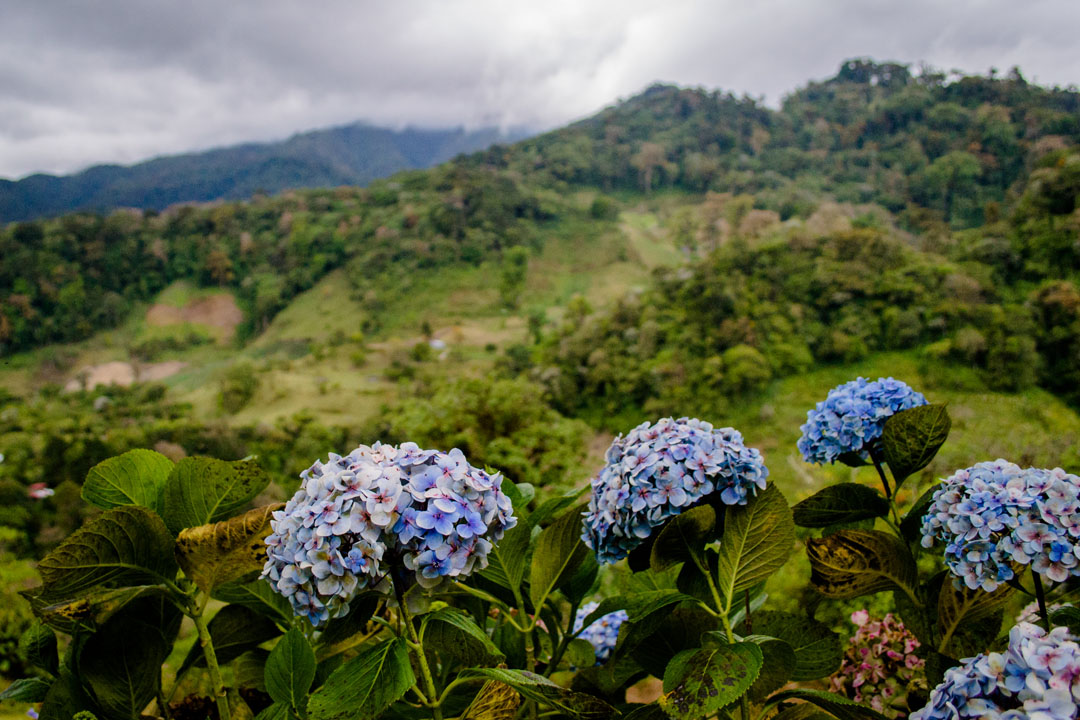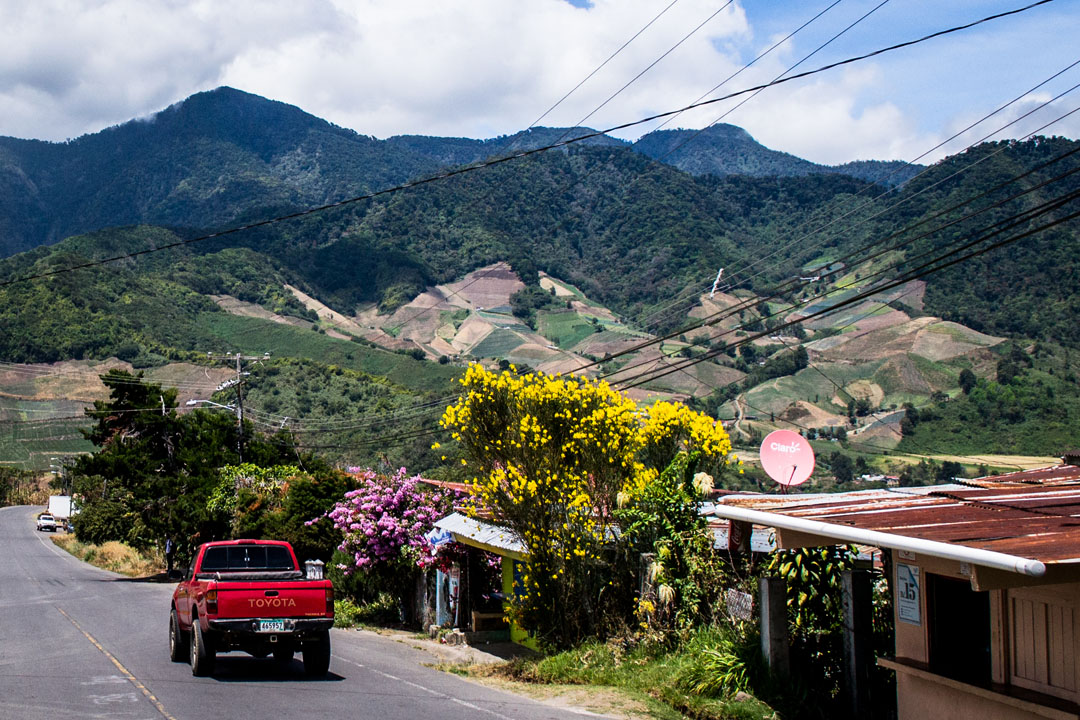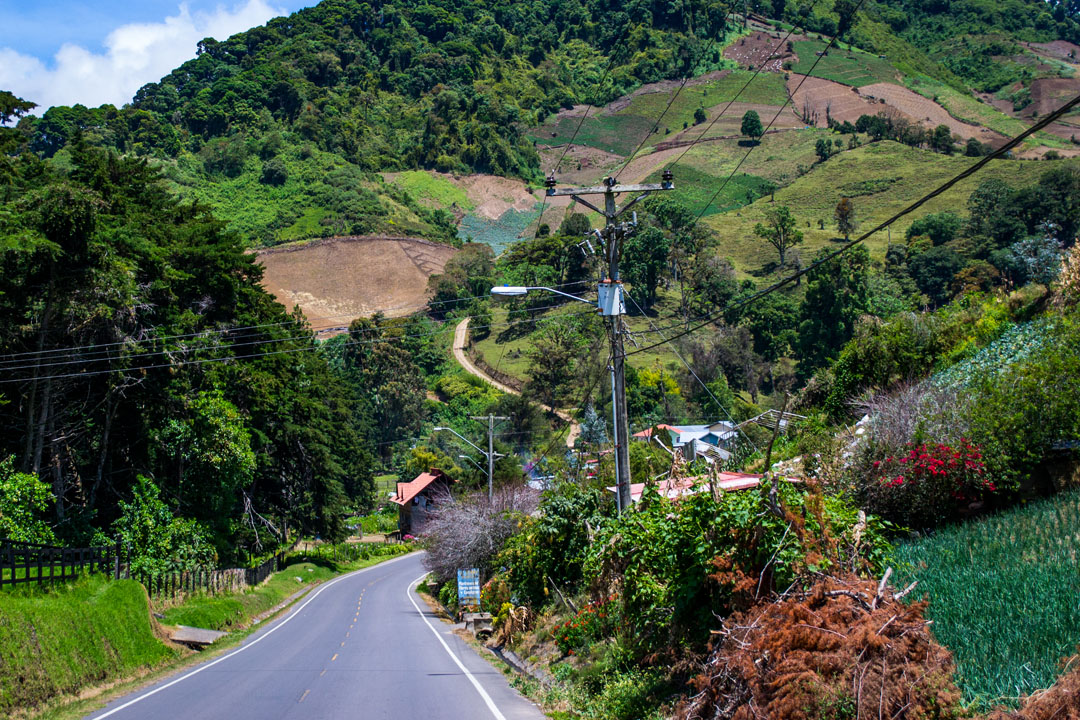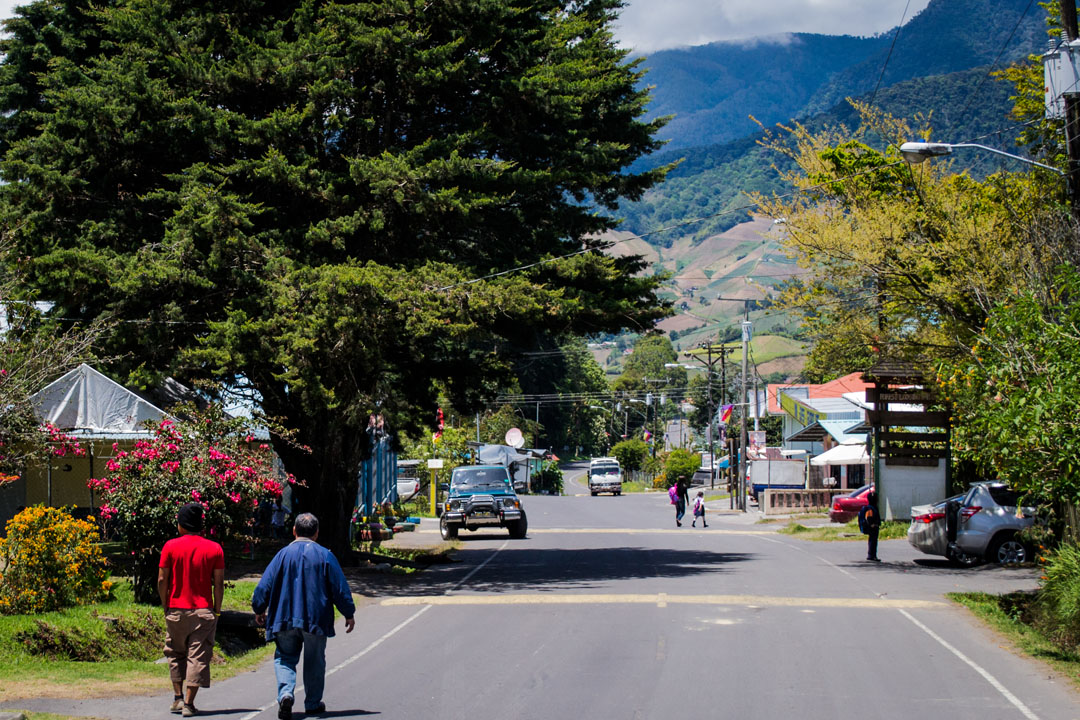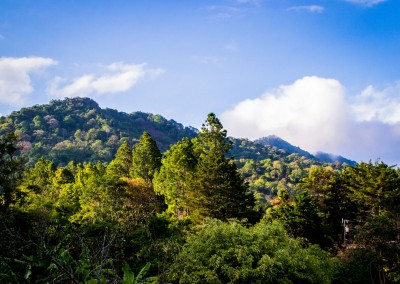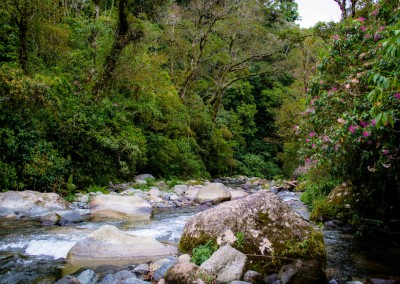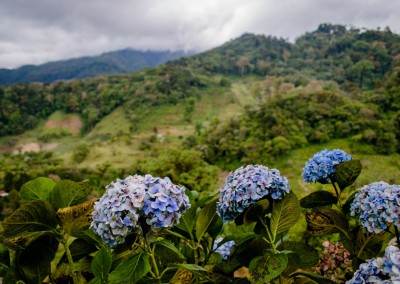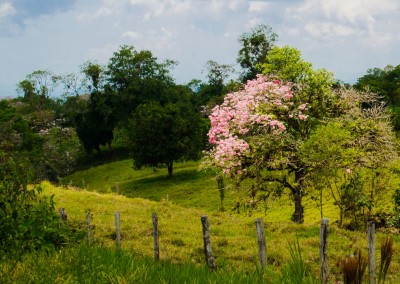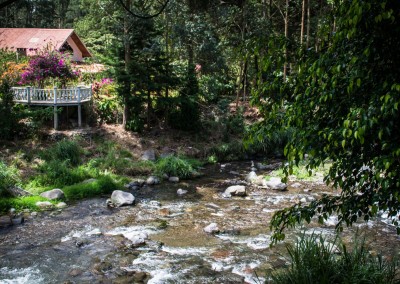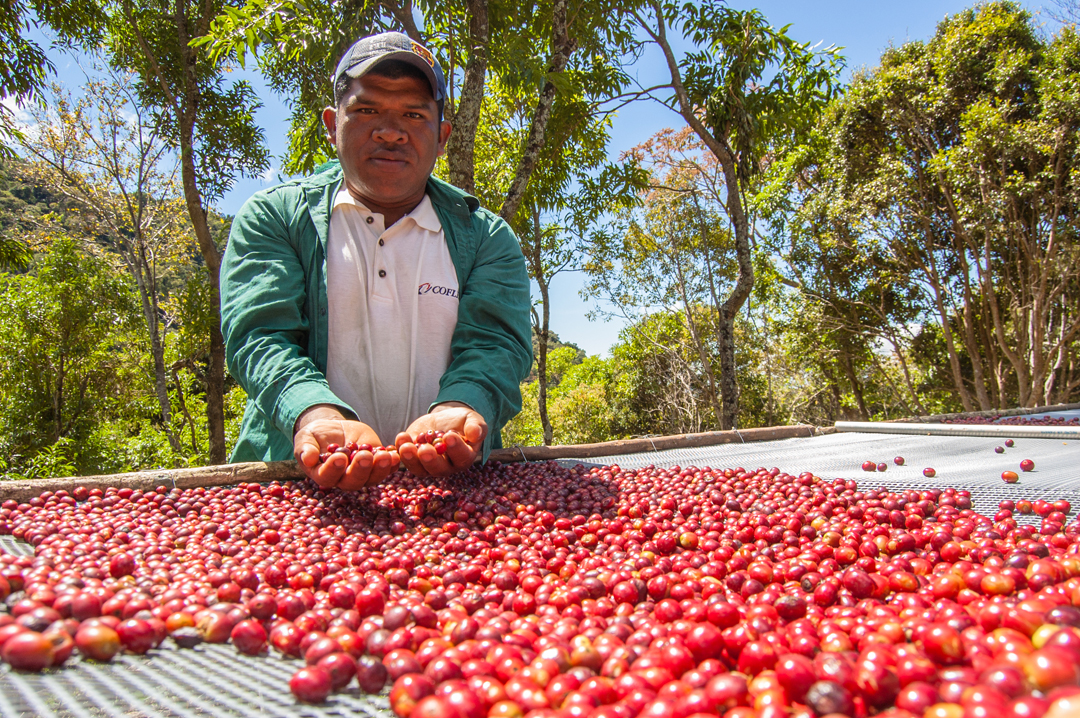VALLEY OF FLOWERS AND ETERNAL SPRING
_______
VOLCAN OFFERS THE IDEAL COFFEE PRODUCING ENVIRONTMENT
The quality of the coffee that is produced in this region is, without question, setting new standards in both quality and price.
Elevation in meters
Year of the last volcanic eruption
Population of Volcan-Boquete
%
of population are expats
ROLE IN THE COFFEE INDUSTRY
_______
The tribes of the Ngobe-Bugle Indians have been central to Panama’s coffee industry since its early days. They live in a Comarca, which is an autonomous region within Panama, but the area features mountainous terrain and nutrient poor soil, which makes farming difficult. To supplement their incomes thousands of the Ngobe Bugle people migrate to the coffee regions of Panama and Costa Rica during harvest season to work as pickers and laborers. Their role in making Panama specialty coffee a leader in the worldwide industry is invaluable. The Ngobe-Bugle are responsible for the selection of only of the ripest cherries and they also employ the highest standards of manual quality control during the harvesting and processing periods at the farms.
NGOBE-BUGLE INDIANS
_______
Representing the largest group of indigenous peoples in Panama, the Ngäbe and Buglé tribes are distinctly different with two entirely unrelated languages. The two tribes maintain their fascinating and important cultural traditions in their communities in the Panamanian highlands. While the two groups are closely related and are generally called the Guyamí, the Ngäbe and Buglé are two separate communities of people. The Ngäbe are the larger of the two groups but when combined with the smaller Buglé tribe they make up the largest and most significant group of indigenous people in Panama.
Men typically wear Western style clothing which is suited to their agricultural and farming lifestyles. The women, however, maintain their cultural heritage by donning brightly colored dresses called naguas. These are often decorated with intricate and elaborate embroidery and the women often sell these handmade dresses to tourists for extra income.
THE BOURDEAUX REGION OF COFFEE
“Flowers, coffee, vegetables and citrus fruits flourish in this region’s rich soil, and the friendliness of the locals seem to rub off on everyone who passes through.”


